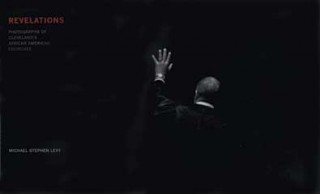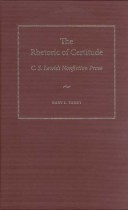Renaissance Fantasies
Maria Teres Micaela Prendergast | Filed under: Literature & Literary Criticism
Renaissance Fantasies is the first full-length study to explore why a number of early modern writers put their masculine literary authority at risk by writing from the perspective of femininity and effeminacy. Prendergast argues that fictions like Boccaccio’s Decameron, Etienne Pasquier’s Monophile, Philip Sidney’s Astrophil and Stella, and Shakespeare’s As You Like It promote an alternative to the dominate, patriarchal aesthetics by celebrating unruly female and effeminate male bodies.










